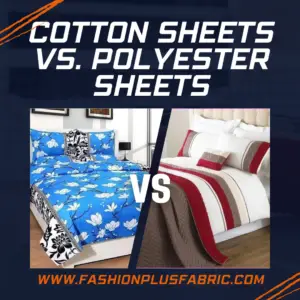Let’s say you create designs and want to print them, but you can choose whether to go with screen printing or sublimation.
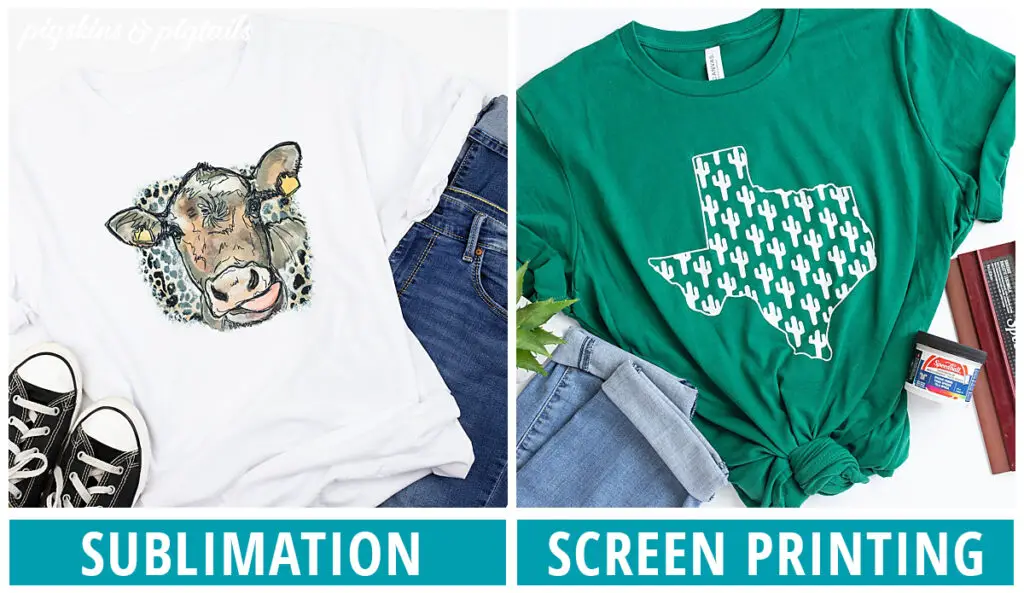
This is why this guide on “Screen Printing vs Sublimation” is here: to help you with your decision.
The two have different printing processes and fulfillment methods.
For this screen printing vs sublimation comparison, we will look at which is better and give you tips and detailed information to help you pick the one that is best suited for you and your needs.
The technique that will be best for your brand, your business, and your designs. So, read through for detailed information on screen printing vs sublimation.
Both methods are extensively used to form captivating prints on apparel and accessories. However, as with everything, each has its pros and cons.
Screen Printing vs Sublimation: Which Process Is Faster?
Compared to traditional screen printing with emulsion, screen printing with vinyl is a faster setup process, although it still involves some setup and preparation.
You are to weed the areas you want the ink to print after you have cut your design on vinyl.
Afterward, you are to transfer the vinyl to your screen printing frame and seal off any open areas of the screen where you don’t want the ink to bleed through.
With all these steps done, it is time to squeegee the ink over the screen to make your shirts.
You will need to air dry your shirt for 2 to 3 days immediately after you have printed it.
Using a heat gun or heat press will speed up the process. After the ink has dried completely, you must heat set the shirt to make the ink permanent.
And, on the other hand, sublimation is primarily three steps. The first step is to print your design on sublimation paper.
Then, you are to turn over your artwork so the design is touching your blank shirt and seal it to the shirt.
Now, the third step, which is also the last, is to heat press the design. Your shirt is ready to go after your design has been pressed.
Normally, it takes around 40 seconds. There is no need for drying time or additional heat pressing.
So, bottom line: for one shirt, I consider sublimation to be a much faster process.
Screen Printing vs Sublimation: Supplies
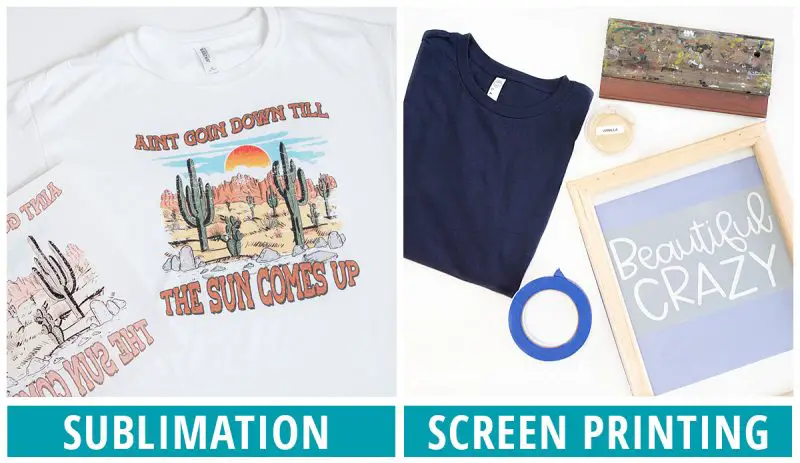
Screen Printing Supplies
Screen Printing with a Vinyl Starter Kit
Painter’s Tape
Transfer Tape
Vinyl Cutter (You can go for a Cricut Maker)
Sublimation Supplies
Sublimation Paper
Heat Press
Lint Roller
Sawgrass SG500 Sublimation Printer or Sawgrass SG1000 Sublimation Printer
Thermal Tape
Butcher Paper
There will be some supplies you will need to reorder from time to time after your initial investment in screen printing or sublimation.
With screen printing, your main supply expenses will be extra printing ink, transfer tape, and Oracal 651 vinyl.
I recommend purchasing the larger Speedball ink jars as well as vinyl on the larger toll. They will both cut costs in the long run.
And, in the case of sublimation, your two main supply expenses will be extra sublimation paper and sublimation ink refills.
Screen Printing vs Sublimation: How They Work
Screen printing is one of the most common techniques for customizing garments, and it has been around for years now.
In this method, a squeegee is used to force ink through a screen and onto a t-shirt. You can do it by hand or with a screen printing machine.
On the other hand, sublimation is a printing method that involves a design being created using a special printer.
Afterward, it is applied to the garment using a heat press. Compared to screen printing, sublimation is a much newer method.
However, it has quickly become one of the most popular techniques for customizing everything from blank t-shirts to coffee mugs.
What’s the Difference Between Screen Printing and Sublimation?
The technique of applying ink to a shirt is the biggest difference between screen printing and sublimation.
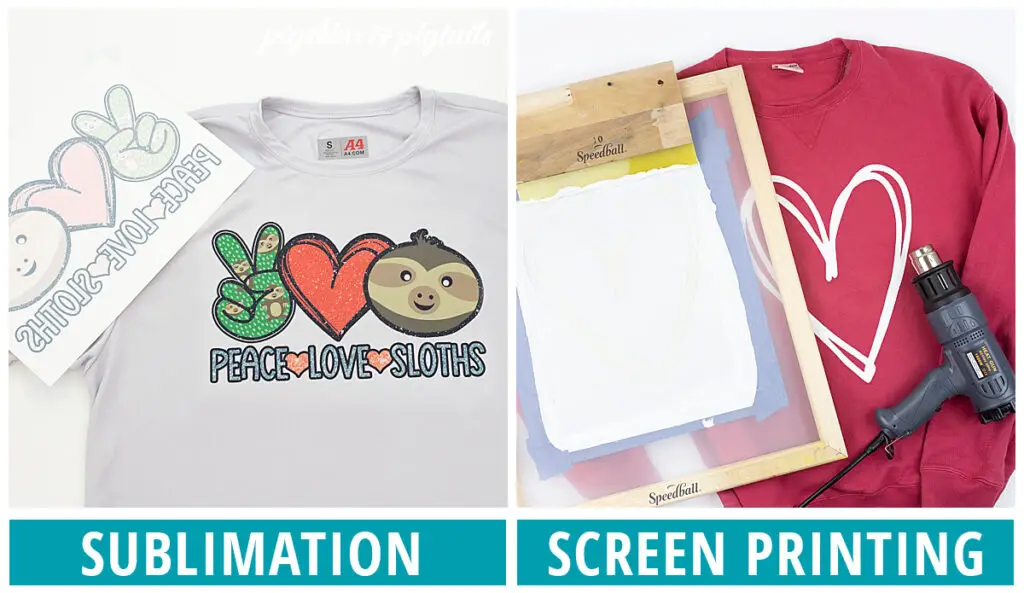
Screen printing uses ink pushed through a stencil onto the fabric, whereas, on the other hand, sublimation uses a chemical process to seal off the dye with the fabric fibers.
Both techniques create high-quality designs, but they have different costs and benefits thanks to the unique printing techniques used in each process.
Quality
Both screen printing and sublimation designs are high-quality. They are, however, in different ways.
Screen prints use fewer colors to create raised designs that provide a confident, tactile contrast of colors and textures.
In comparison with a typical DTG print, the designs look sophisticated and will last for a long time.
Sublimation prints, on the other hand, provide lifelike, vibrant colors that will not fade over time.
With ease, this printing technique can also famously create detailed and multi-colored images.
Best Fabrics
In the case of screen printing, the best fabric is 100% cotton. On the other hand, in the case of sublimation, the best fabric is 100% polyester.
Using both techniques, you can successfully print onto blended fabrics if you intend to mix cheaper polyester with softer cotton.
For screen printing, you can do that on several types of fabric, and that includes polyester. All you will need to do is apply a few special techniques.
On the contrary, sublimation only works on fabrics containing a high percentage of polyester.
For the chemical dye bonding, the sublimating process requires synthetic polymers.
Best For
Screen printing is best suited for bright, raised designs on any color of the shirt.
This technique can use several colors, but designs that require just a few colors are the best.
With screen printing, you can easily batch print, which makes it a great option for bulk orders.
However, sublimation is best suited on white polyester shirts and can easily create detailed, multi-colored designs.
Using this technique, you can affordably make just one or two custom-ordered shirts. You can’t easily apply many special effects.
Special Effects
Special effects are embodied in sublimation prints to make them look alluring with striking designs and create beautiful textures, like a cracked texture or a leather effect.
Using glitter or other specialty inks like gold or silver, you can also add special effects to a garment.
Different types of ink can create special effects like 3D designs or offer a cracked texture effect in screen printing.
On the other hand, to print designs, the sublimation printing method uses the four primary colors CMYK (cyan, magenta, yellow, and black). It does not provide support for specialty inks.
Final Thoughts: Screen Printing vs Sublimation
Screen printing has been the go-to printing technology for small and large businesses for several decades.
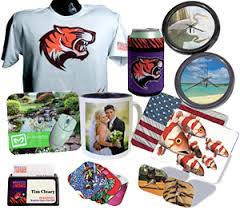
However, presently, sublimation printing has come to the forefront, thanks to the benefits it offers and the durability, detail, and versatility of printing surfaces it provides.
It is also easy to translate digital images and files into a sublimation-printing-ready format.
However, thanks to its cost-effectiveness and low barriers to entry, especially in developing economies, screen printing continues to be a popular tool.
And, with all that being said, the detailed information on the topic “Screen Printing vs Sublimation” given will be the wrap-up of this guide.


